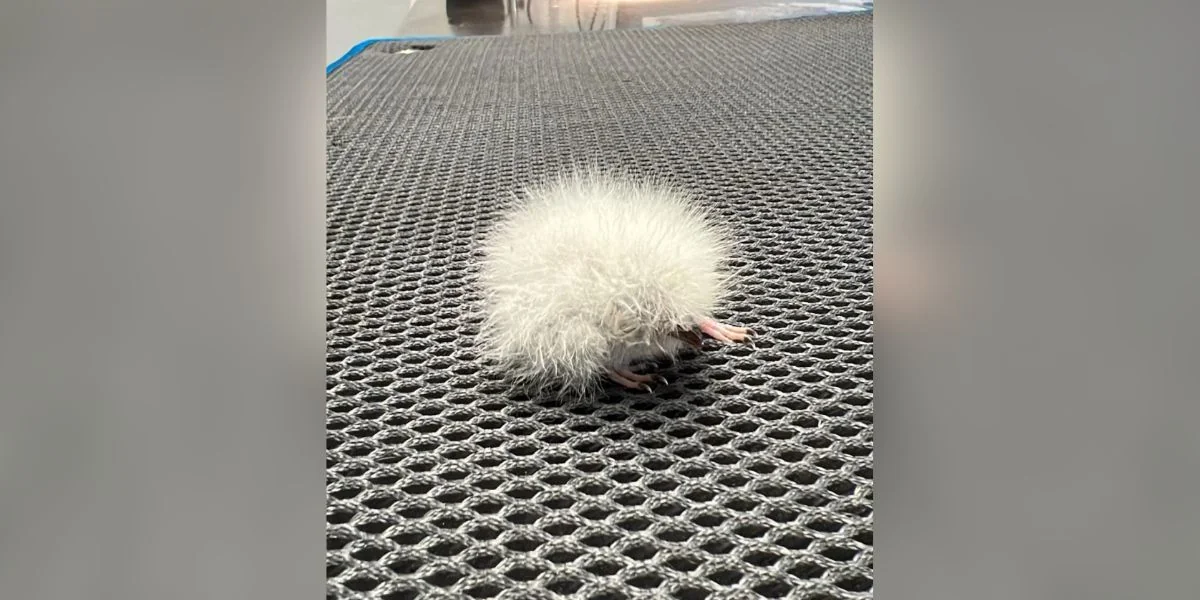In the forests of Australia, tree hollows are home to some of the country’s most elusive and charming baby birds. Spotting a tiny, fluffy owlet-nightjar chick with its unique hairstyle is a rare treat for even the most dedicated bird watchers.
“What could be mistaken for a cotton ball, pipe cleaner, or googly eye craft project is, in fact, a freshly-hatched owlet-nightjar chick,” Wild Animals Australia shared in a Facebook post.
Australian owlet-nightjars are the smallest nocturnal birds in the country, according to Birds In Backyards. Once fully grown, these birds are easily recognized by their large brown eyes and striped heads.
Many bird enthusiasts affectionately call these birds “fairy owls,” a name that perfectly captures their magical appearance.
Owlet-nightjars are typically brown or grey, a coloring that helps them blend into their surroundings. With their small size, excellent camouflage, and tendency to sleep during the day, they are difficult to spot. Bird-watchers across the country get excited when they catch a glimpse of an adult owlet-nightjar peeking from the trees.
“Some of the amazing birds at the garden are very rare to see indeed, and this is one of them,” Coffs Harbour Botanic Garden wrote on Facebook. “We know they are there, as they have been heard, but they are night birds and are only rarely seen if they fancy a little sun from their tree hollow.”
For those who adore these extraordinary birds, there’s an important message: to ensure their survival, we all need to protect the natural wooded areas where they live.
“Please remember, with no tree hollows, there will be no fairy owlets,” Wild Animals Australia cautioned. “Please keep mature trees with hollows protected for their sake.”
